

Tang Changsha ewer with decoration of Sogdian Dancers
In 138 BC, Emperor Wude sent his envoy Zhang Qian to establish contact with the oasis city states in Central Asia. His aim was to seek alliance against the normadic Xiongnu tribe, a perennial threat to the Northern frontier of China. Zhang Qian was unsuccessful in persuading the states in Central Asia to join force against the Xiongnu but through his travel, he brought back firsthand information regarding the region. Within a generation of Zhang Qian's exploration, the overland silk route was established. During the Han to Tang Dyansty period, the Chinese established suzerainty over the region. There were regular dipolmatic exchanges and trade between China and Central Asia. There were also much cultural exchanges and the exotic Central Asian goods, music, dance and dresses were well received by the affluent upper class in Changan, the cosmopolitan Tang capital. Indeed, the art of Persian Susanian had a significant influence on the style of various Chinese art forms. In the field of ceramics, it is generally held that lead glaze was introduced from Persia during the Han period. Ceramic vessels produced in Northern China kilns adopted many Susanian decorative elements and vessel forms.
Since the early 4th century, Sogdians had been conducting business in China. Sorgdian territory corresponds to the modern provinces of Samarkand and Bokhara in modern Uzbekistan as well as the Sughd province of modern Tajikistan. They played an important part as middlemen in the ancient overland silk route linking China and the Roman Empire in the West. China was a land of possibility, offering lucrative markets and jobs. Many Sogdians seized the opportunity, and found a home and a living in China in a variety of occupations—as traders, entertainers, craftsmen, scribes, translators, monks, soldiers, and military leaders.
 |
 |
| Two Tang Sancai Central Asian figurines, likely those of Sogdians with the distinctive Clown hat |
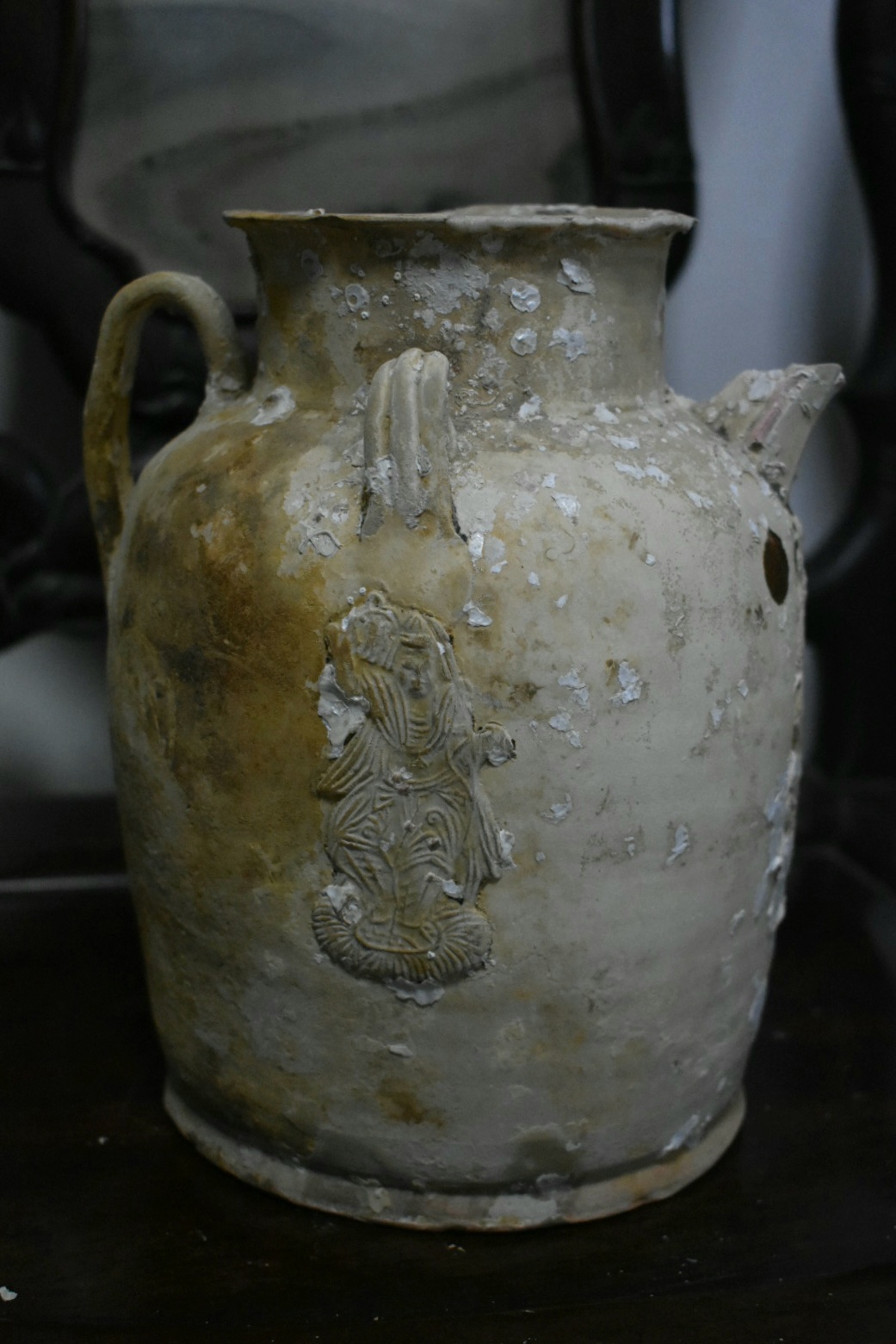 |
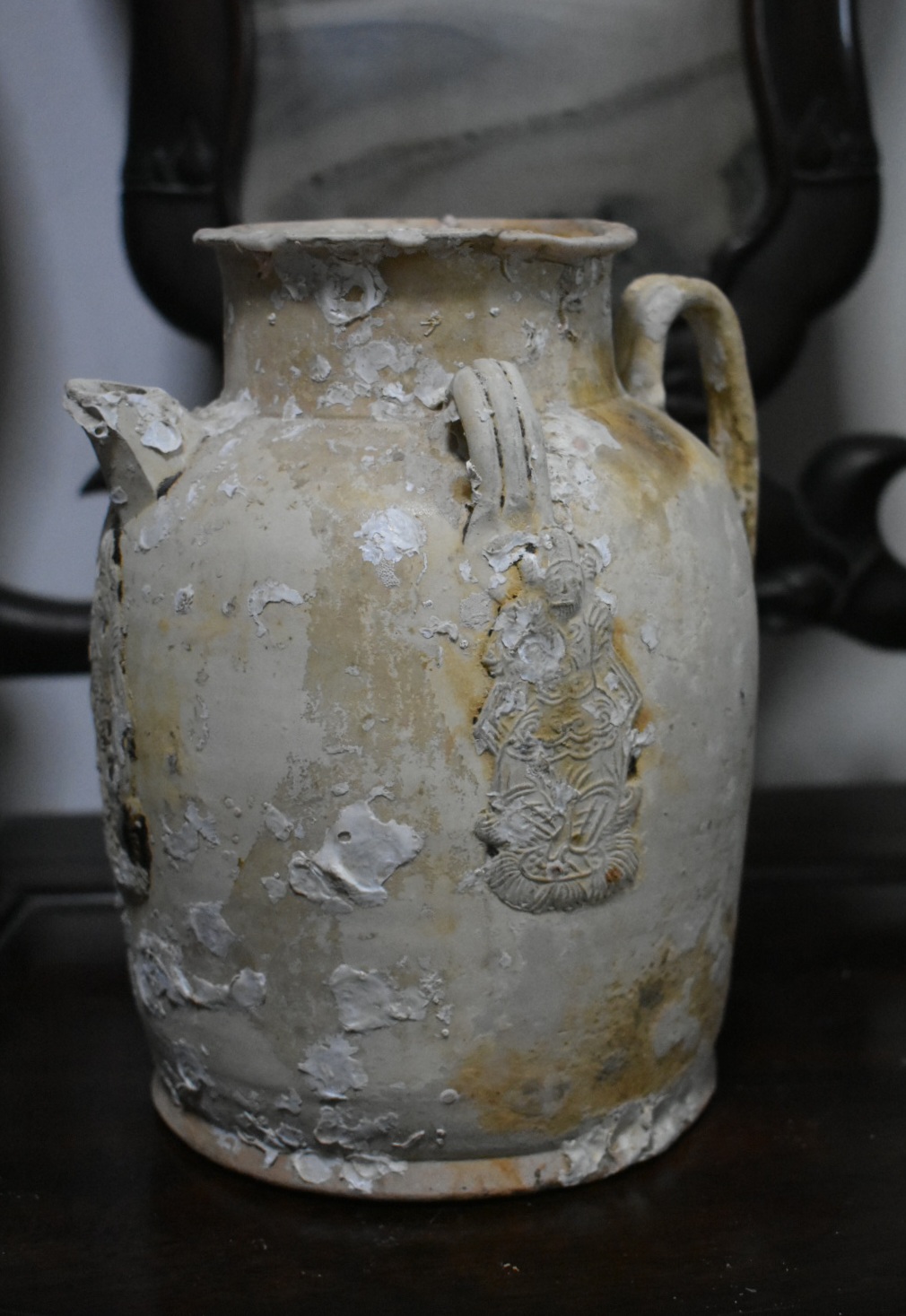 |
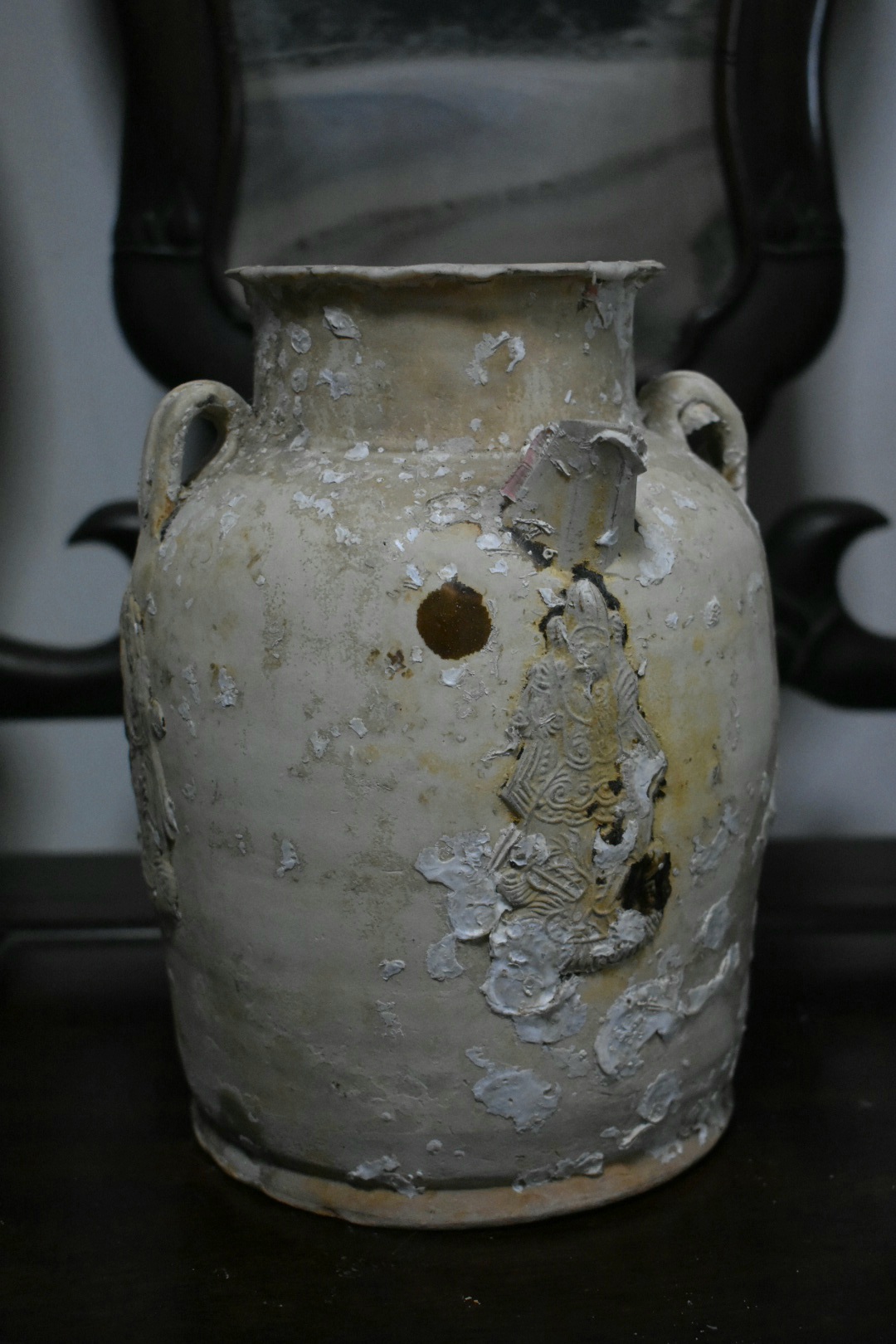 |
|
|
| Shipwreck Tang Changsha ewer with decoration of Sogdian dancers |
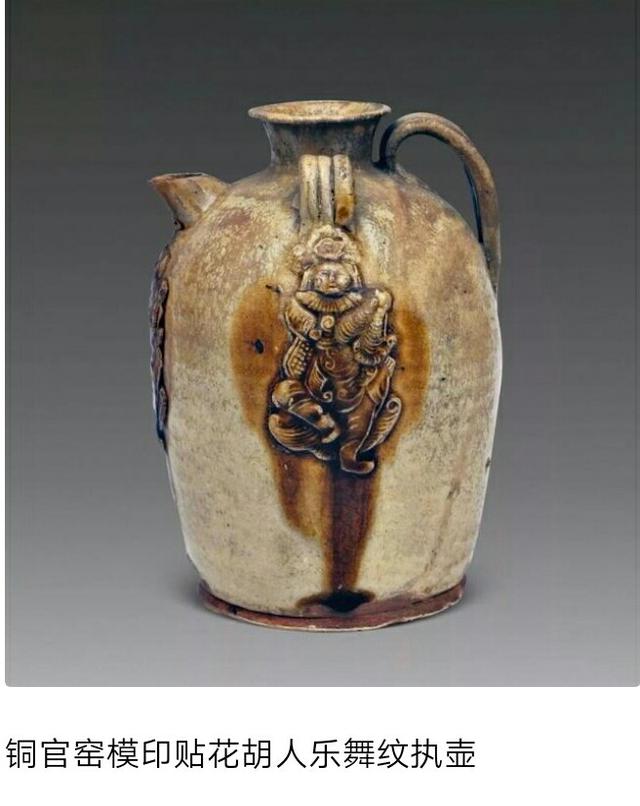 |
| An excavated example found in China |
 |
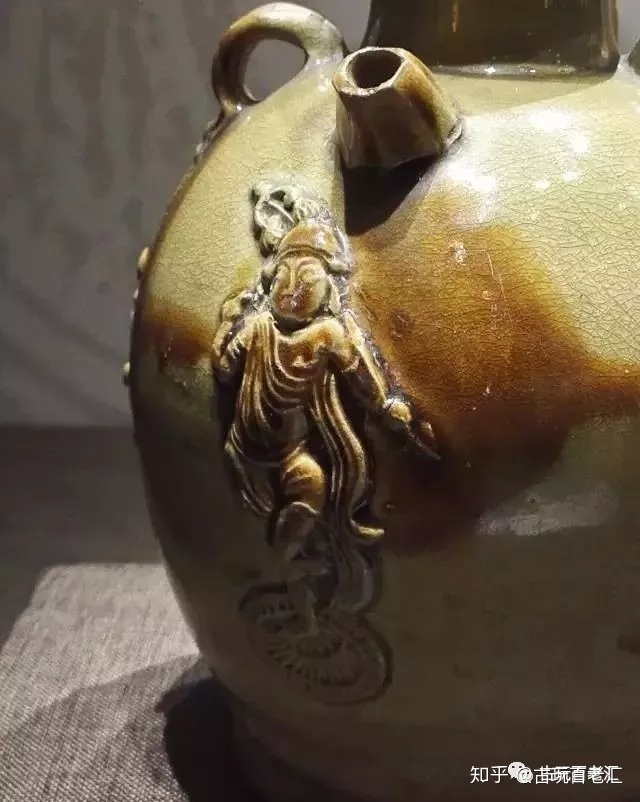 |
| Two beautiful examples of Sogdian dancer |
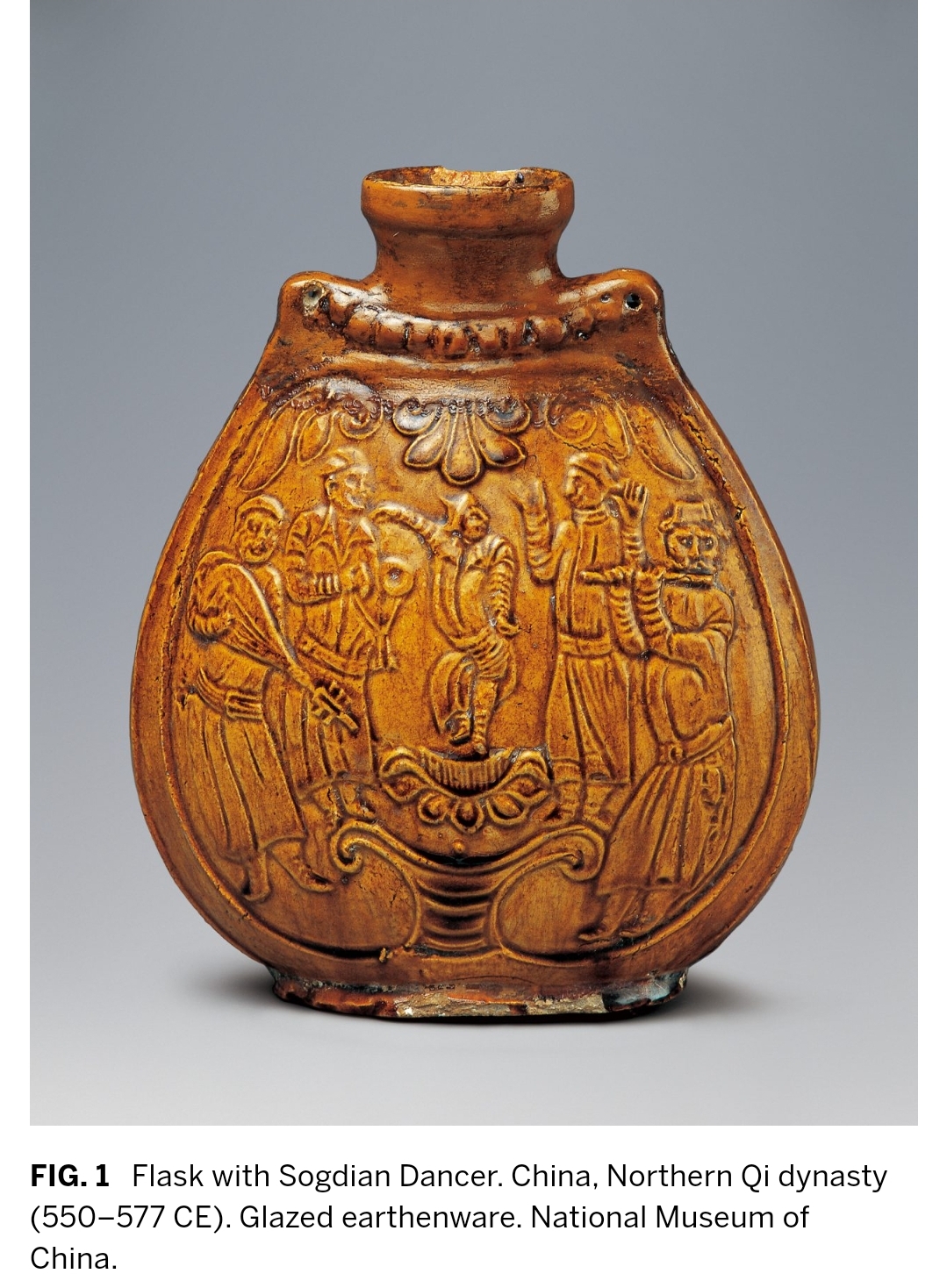 |
|||
Written by : NK Koh (12 Jan 2021)